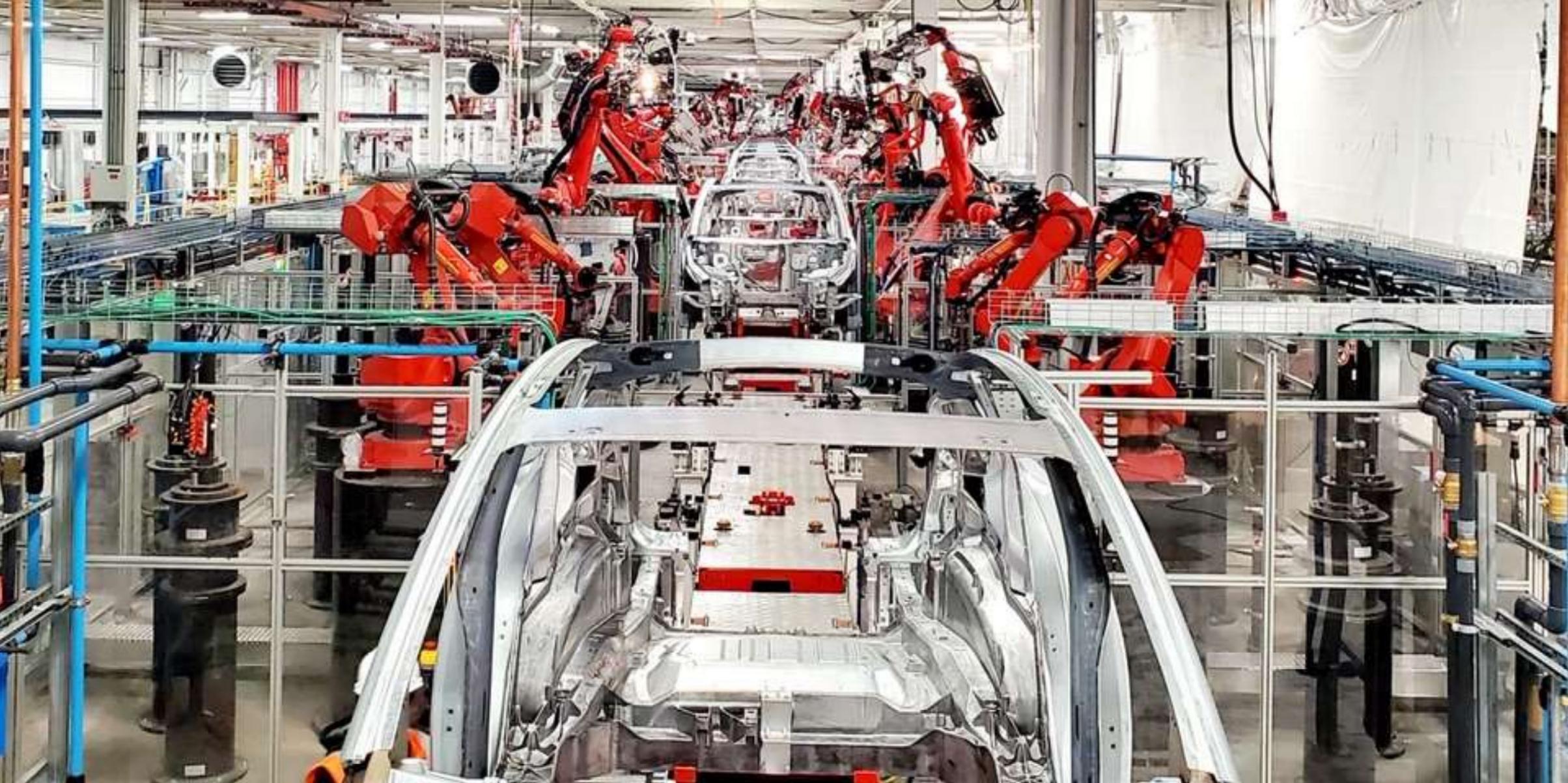
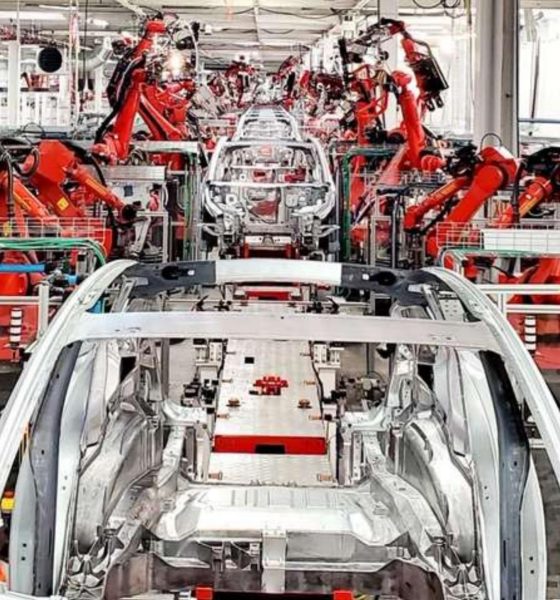
News
Elon Musk’s Tesla ‘Alien Dreadnought’ factory is coming to form–just not where critics expect it
There are many aspects of the Tesla ecosystem and Elon Musk’s past forecasts that critics love to attack. Among the most notable of these is the CEO’s vision of an “Alien Dreadnought” factory, an electric car production facility that is so automated, it resembles the extraterrestrial machines depicted in pop culture. Contrary to what critics today would say, Tesla’s hyper-automated factory is actually coming to form — it’s just not where it was initially expected to be.
Elon Musk’s Alien Dreadnought concept was initially intended for the production of the Model 3. Perhaps this is the reason why Musk originally announced an incredibly aggressive timeframe for the all-electric sedan’s ramp. Those who have followed the Tesla story over the past few years would know that the dreadnought did not come to pass. As issues mounted and delays became more prominent in the Model 3 ramp, Tesla and Elon Musk were forced to abandon the idea and instead adopt a manufacturing system that uses machines and people.
The Fremont factory continues to function in this manner until today. Just recently, Tesla critics were discussing how much Tesla is failing since it still maintains its sprung structure-based GF4 line. Others mocked the fact that some Model Y were getting accessories such as floormats installed on the grounds of the Fremont factory. While some criticism is warranted considering that Elon Musk’s Alien Dreadnought factory is yet to pass in its main vehicle plant, one thing is conveniently forgotten by critics: the Fremont factory is not the only Tesla facility that’s producing vehicles today.
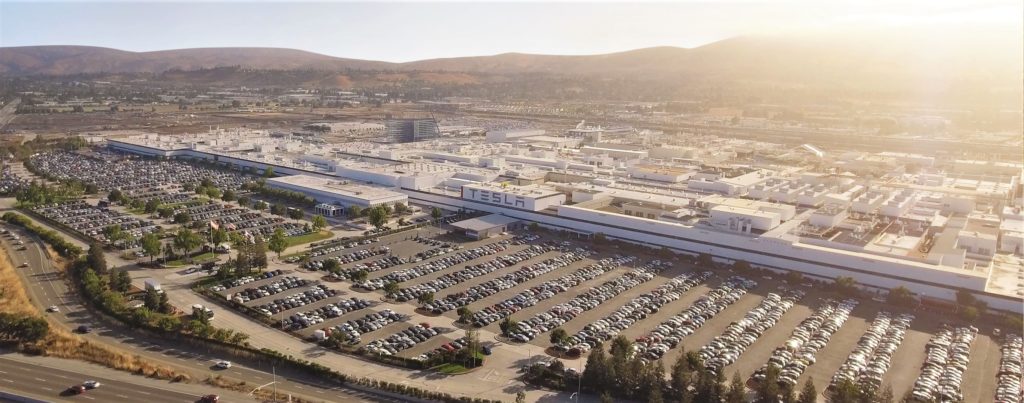
Over in China, Tesla’s Gigafactory Shanghai is now back to full operations. And true to its reputation, the facility’s buildout continues to be insanely quick. The production of the Made-in-China Model 3 is already ongoing, with recent reports stating that around 3,000 units of the all-electric sedan are being manufactured every week. The construction of the Phase 2 zone, widely considered to be a facility intended for Model Y production, is also continuing at a rapid pace. Based on the way Gigafactory Shanghai is designed and the way that it’s ramping, it appears that the facility is well on its way towards becoming the first of Elon Musk’s Alien Dreadnought factories.
One thing that may be worth considering is the fact that the Fremont factory was not designed by Tesla. The California-based car factory’s history dates as far back as 1962, when it operated as the General Motors Fremont Assembly site until 1982, when it was closed. The plant was reopened in 1984 as the New United Motor Manufacturing, Inc. (NUMMI) plant, a joint venture between Toyota and General Motors, where it continued to produce vehicles until 2010. Tesla later bought the factory to produce the Model S sedan, a decision that was panned by critics then as an unnecessary expense.

With this in mind, it could be said that Tesla was not able to start with a blank canvas for its electric car production activities in the Fremont factory. The facility was constructed with conventional car making in mind, and Tesla essentially had to adapt its processes to the factory’s layout. Elon Musk’s admitted hubris aside, it would be quite a challenging endeavor to convert an automotive factory that was initially opened in 1962 into a hyper-automated, futuristic electric vehicle manufacturing machine. These challenges do not exist in Gigafactory Shanghai.
For its China-based site, Tesla was able to design a factory that’s optimized from the ground up for EV production. A look at the activities in the Phase 1 building would show that the site has notable similarities with the Fremont factory’s “tent-based” GA4 line, with its straightforward production process and its easy access to supply trucks. In a way, Gigafactory Shanghai’s Phase 1 zone is GA4 on steroids, and it seems to be working very well so far. With Gigafactory 3 now running, and with the facility’s Model Y production site coming to form, Tesla now has another opportunity to pursue Elon Musk’s Alien Dreadnought idea. But this time around, the company will be attempting the concept from a blank slate. And that might make all the difference.
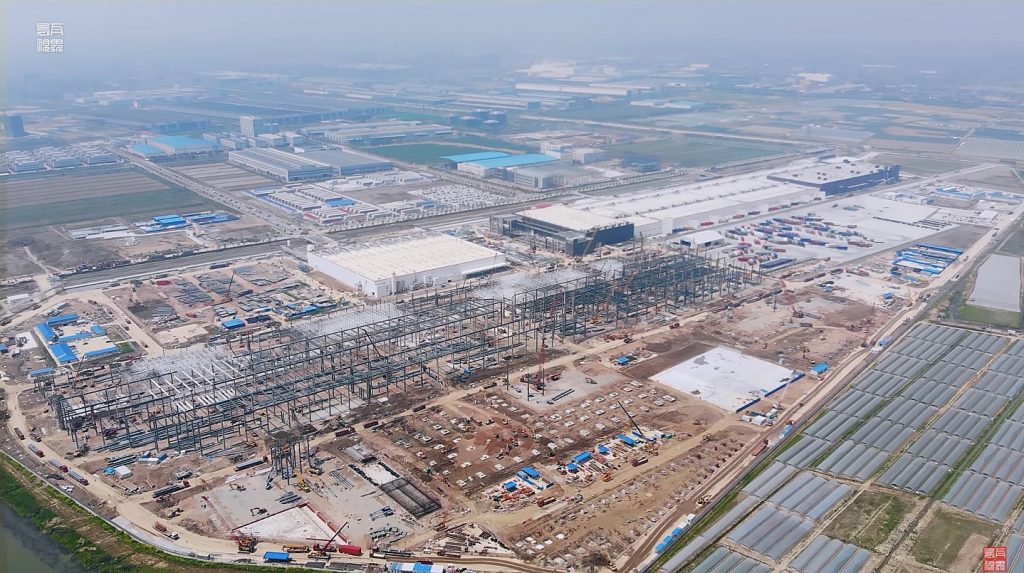
The signs are already there. Recent drone flyovers in the Gigafactory Shanghai site show deep excavations connected to the Phase 1 building’s stamping area. Tesla has not revealed that the area is intended for, though speculations among the electric car community suggest that the location may host the company’s giant casting machine, which is designed to make vehicles easier to produce.
Elon Musk and Tesla have teased that the massive casting machine will be used for the Model Y, but the company may be looking to adopt such a technique for the Made-in-China Model 3 as well. And this is just the tip of the iceberg. Considering that it’s working with a blank canvas in Gigafactory Shanghai, Tesla can explore and develop automated vehicle production processes that would make the facility deserving of Musk’s Alien Dreadnought title.
Ultimately, it may not be too long before Tesla critics would have to swallow yet another bitter pill. Elon Musk’s Alien Dreadnought concept lives on, and while it may not be starting at the Fremont Factory as initially intended, there is very little that could stop the electric car maker from adopting the idea in facilities beyond Gigafactory Shanghai. Gigafactory Berlin will undoubtedly be incredibly automated as well, and there’s a good chance the Cybertruck Gigafactory will be too.

News
Tesla on track to break Volkswagen’s historic record in Norway: report
As per Elbil Statistik, Tesla reached 26,127 Norwegian sales so far this year, without counting 13 imported Cybertrucks.
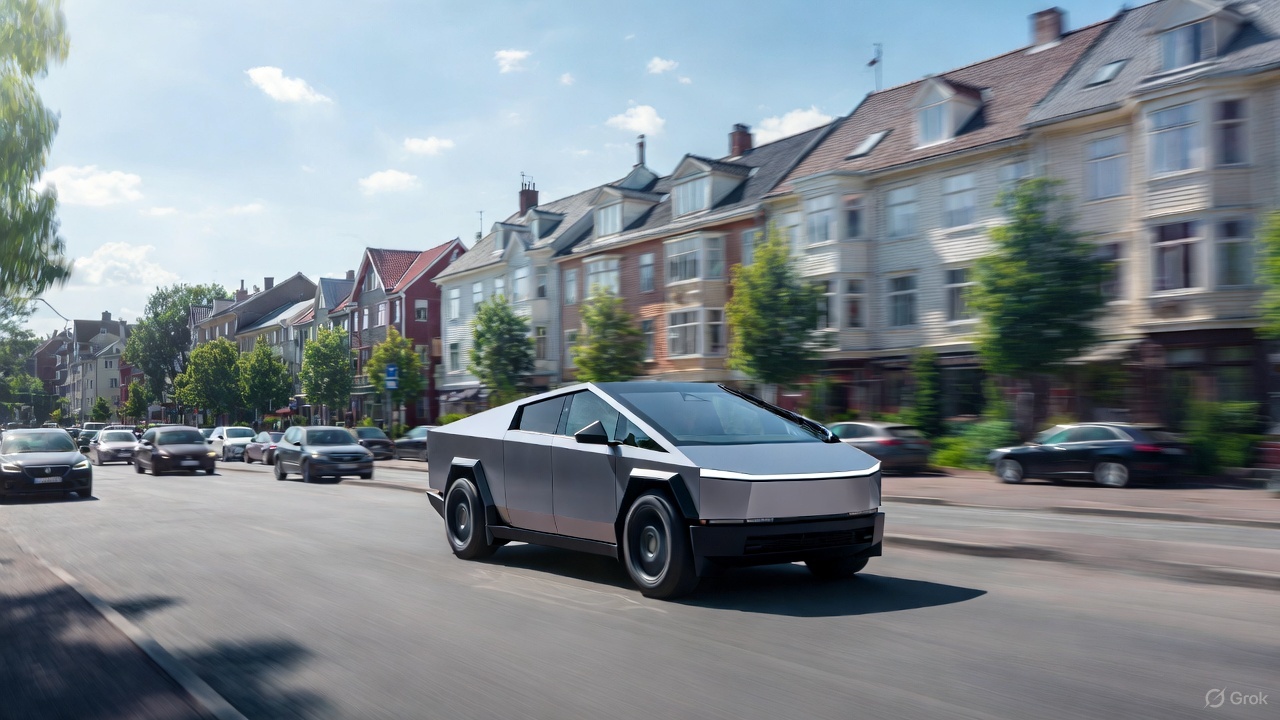
Tesla is surging towards a historic milestone in Norway this month, putting the company on track to break Volkswagen’s long-standing annual sales record in the country.
With 3,732 units sold in November alone and more than 26,000 delivered year-to-date, Tesla is poised to become one of the most successful car brands in Norway’s modern automotive history.
Tesla closes in on Norway’s all-time sales record
Norway’s demand for Tesla vehicles has intensified as drivers attempt to beat the incoming VAT changes on electric cars. Once the VAT changes take effect, the best-selling Model Y could become 50,000 kroner more expensive, as noted in a CarUp report. This has likely caused a rise in sales for Tesla in the country as of late.
As per Elbil Statistik, Tesla reached 26,127 Norwegian sales so far this year, without counting 13 imported Cybertrucks. This places the brand just hundreds of units away from surpassing Volkswagen’s 2016 record of 26,572 annual registrations. With one month left in 2025, it seems all but certain that Tesla will overtake Volkswagen’s all-time record in Norway.
Tesla sees challenges in Sweden
While Norway is delivering historic results, Tesla’s Swedish performance has moved in the opposite direction. Registrations have dropped 68% this year, totaling just 6,147 vehicles so far. November has seen only 291 deliveries, highlighting challenges in the domestic market’s momentum.
Tesla Sweden is also still dealing with an increasing number of union-backed protests and blockades. Despite the pressure, however, Tesla Sweden has maintained its stance, IF Metall union chair Marie Nilsson to urge Elon Musk to reconsider his perception of organized labor. She also stated that Swedish unions are not like their American counterparts, as they are not as combative.
News
Tesla Full Self-Driving lands in a new country, its 7th
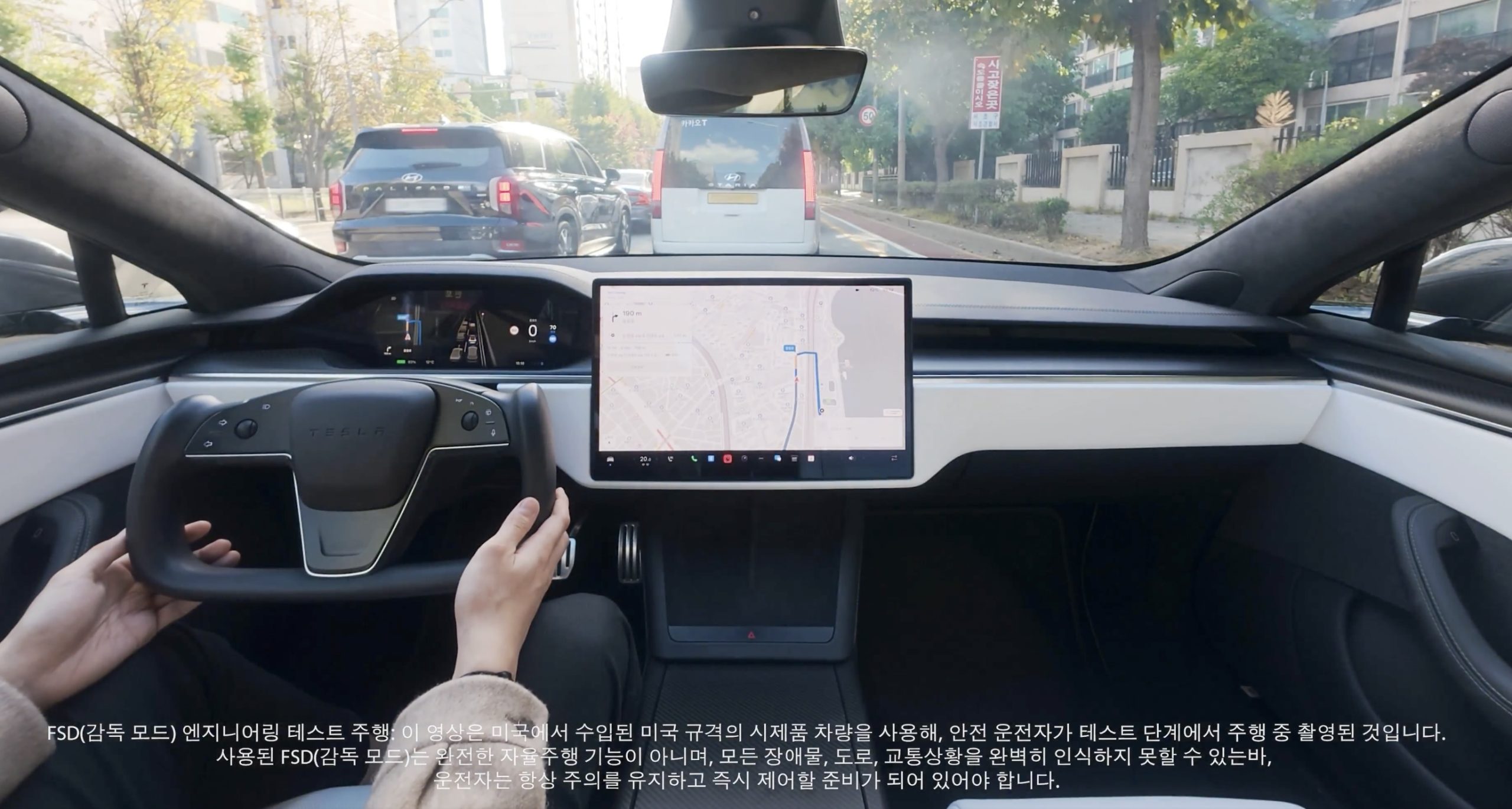
Tesla Full Self-Driving has officially landed in a new country today, its seventh overall after it launched in both Australia and New Zealand earlier this year.
On Sunday, Tesla owners in South Korea reported that the company’s Full Self-Driving (Supervised) had started arriving in their vehicles. Owners reported that it was v14.1.4, which is not the latest version available in other countries, but is one of the most recent releases Tesla has deployed to drivers:
From 6 to 7
Tesla Full Self-Driving has launched in South Korea; the 7th country to have FSD https://t.co/X6gm1SyoxV
— TESLARATI (@Teslarati) November 23, 2025
This marks the seventh country in which Tesla has enabled its Full Self-Driving suite, following the United States and Puerto Rico, Canada, China, Mexico, Australia, and New Zealand.
Tesla launched Full Self-Driving most recently in Australia and New Zealand about three months ago. The expansion is a major breakthrough for the company as it aims to launch Full Self-Driving on a global scale.
However, the company’s biggest challenge thus far has been getting European regulatory agencies to handle the red tape that has inhibited Tesla from launching its semi-autonomous driving suite on the continent. Recently, it admitted that it sees a pathway through Dutch regulatory bodies, which seem to be the most willing to work with Tesla to get FSD in Europe.
Tesla Full Self-Driving appears to be heading to Europe soon
The company said that it has driven over 1 million kilometers safely on European roads across 17 different countries in internal testing. But its path to success will be by “partnering with the Dutch approval authority RDW to gain exemption for the feature. This involves proving compliance with existing regulations (UN-R-171 DCAS) + filing an exemption (EU Article 39) for yet-to-be-regulated behaviors like Level 2 systems off-highway, system-initiated lane changes with hands-off the wheel, etc.”
Perhaps the expansion into Europe will be the biggest challenge for Tesla, but it could also yield major results and advantages for the company moving forward. Tesla said it hopes to have FSD available in Europe sometime early next year.
For now, the expansion in South Korea is the latest win for Tesla and its self-driving efforts. In the U.S., it now turns its focus toward fully autonomous operation, as it works with state agencies to launch Robotaxi outside of Texas, California, and most recently, Arizona.
Elon Musk
Tesla CEO Elon Musk teases insane capabilities of next major FSD update

Tesla CEO Elon Musk teased the insane capabilities of the next major Full Self-Driving update just hours after the company rolled out version 14.2 to owners.
Tesla Full Self-Driving v14.2 had some major improvements from the previous iteration of v14.1.x. We were on v14.1.7, the most advanced configuration of the v14.1 family, before Tesla transitioned us and others to v14.2.
However, Musk has said that the improvements coming in the next major update, which will be v14.3, will be where “the last big piece of the puzzle finally lands.”
14.3 is where the last big piece of the puzzle finally lands
— Elon Musk (@elonmusk) November 21, 2025
There were some major improvements with v14.2, most notably, Tesla seemed to narrow in on the triggers that caused issues with hesitation and brake stabbing in v14.1.x.
One of the most discussed issues with the past rollout was that of brake stabbing, where the vehicle would contemplate proceeding with a route as traffic was coming from other directions.
We experienced it most frequently at intersections, especially four-way stop signs.
Elon Musk hints at when Tesla can fix this FSD complaint with v14
In our review of it yesterday, it was evident that this issue had been resolved, at least to the extent that we had no issues with it in a 62-minute drive, which you can watch here.
Some owners also reported a more relaxed driver monitoring system, which is something Tesla said it was working on as it hopes to allow drivers to text during operation in the coming months. We did not test this, as laws in Pennsylvania prohibit the use of phones at any time due to the new Paul Miller’s Law, which took effect earlier this year.
However, the improvements indicate that Tesla is certainly headed toward a much more sentient FSD experience, so much so that Musk’s language seems to be more indicative of a more relaxed experience in terms of overall supervision from the driver, especially with v14.3.
Musk did not release or discuss a definitive timeline for the release of v14.3, especially as v14.2 just rolled out to Early Access Program (EAP) members yesterday. However, v14.1 rolled out to Tesla owners just a few weeks ago in late 2025. There is the potential that v14.3 could be part of the coming Holiday Update, or potentially in a release of its own before the New Year.








